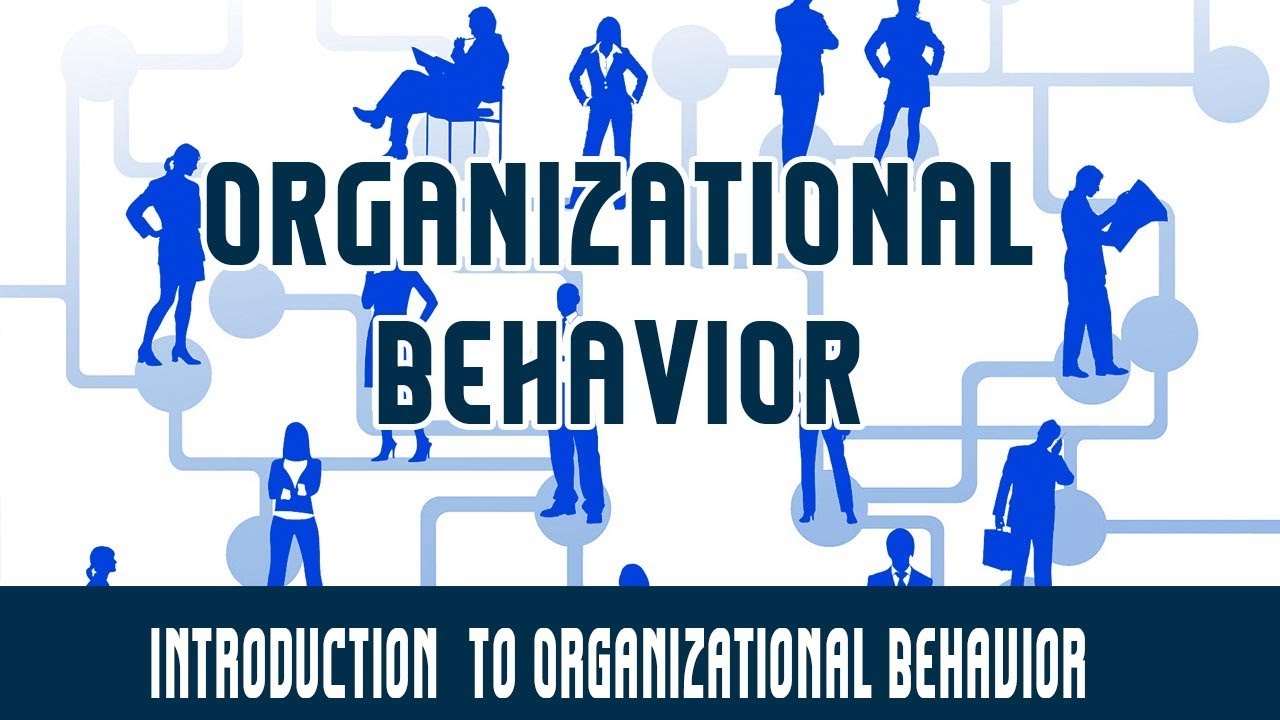As managers begin to study organizational behavior, they will be struck by the fact that they can apply what they have learned immediately to the problems they encounter at work. Managers will be gaining a broad view of organizational behavior disciplines, and they will also find different ways they can alter their management philosophy to reflect the knowledge newly found in the study of organizational behavior. The more the knowledge about organizational behavior grows; the more managers will become skilled in understanding and analyzing the behavioral implications of the problems facing their organization. Before we look at the necessity of managers studying organizational behavior, let’s first look at the organizational behavior theories.
Human Relations Behavioral Theory
This theory states that organizations function well when the staff feels empowered and valued. The theory is based on studying the productivity of the employees under different circumstances of work. Human relations behavioral theory also states that the staff in an organization are likely to increase efficiency and productivity if they feel validated and satisfied at work.
For example, things such as free lunch could help employees feel content and secure because their company meets their needs. When the staff believes that management cares about their needs and wants, they feel a sense of loyalty, and this boosts their productivity in return.
Decision-making Behavioral Theory
This is the most applied theory to supervisors and managers because they can make more of their decisions that affect their company. Decision making behavioral theory states that people within an organization can only make decisions based on the available information. However, the information must be complete and accurate for the decision to achieve a specific goal.
The person making the decision should have the ability to sort through the process and information correctly. Inadequate or insufficient information leads to bad decision making. Also, managers who are not strong in information synthesis are likely to make bad decisions.
Servant Leadership Behavioral T
The servant leadership theory has gained a lot of influence over the past few decades. The theory states that the leaders in an organization will achieve success only if they become servants of their employees. Leaders wield influence in an organization, unlike servants. They are therefore able to create the principles and vision that drives the company forward. The servant leadership theory allows executives to view all work protocols and processes from the point of view of their employees. If you own a company, then your primary job is to view the needs and the wants of your employees as more important as your needs and wants.
This simply means that you provide employees with all the necessary resources for them to achieve performance standards that you have established for your company. Servant leadership behavior can help you create a stronger bond with your employees, but it is important to remember that your main focus should remain on the wants and needs of your employees and not on their feelings. Managers who focus too much on the feelings of their workers may be restricted from making hard decisions and from providing honest critiques of their work.
Benefits of Organizational Behavior to Managers
There are many benefits of knowing organizational behavior for leaders and managers in any organization. We have listed the three main benefits for you to understand.
- As we have already seen in our previous post, organizational behavior is the study of employees and their work within an organization. When managers understand the definition itself, they can use it in their leadership roles. It will also help individuals within an organization to understand their behavior. Organizational behavior helps organizations to understand their employees better, and this helps them to get their work done perfectly.
- Organizational behavior also helps in managing human resources within an organization. It helps to develop a work-related environment within an organization. Organizational behavior can help in the creation of a motivated atmosphere within an organization. It also assists in functional behavior within an organization such as increasing the effectiveness, productivity, efficiency, etc. of different operations. Organizational behavior helps in reducing dysfunctional behavior in a workplace such as dissatisfaction of employees, employee absenteeism and tardiness.
- Organizational behavior can help in enhancing managerial skills in an organization. It helps to create good leaders. It also helps in self-development. This is an integral part of learning organizational behavior. It can also help in getting a perspective of ethics and human values. Communication in the form of coaching, persuasion, monitoring, negotiation, goal setting, and conflict handling creates an efficient and effective culture in an organization. It can also help managers to create good teams that can achieve the organizational goals.
Employee Training
Organizational behavior is very important in the process of training employees. Employees with the right backgrounds get hired to do relevant jobs in an organization. However, often the background is not enough to ensure that there is effective performance over time.
Organizational behavior affects the training provided to employees internally through resources. Employee training is focused on strengthening and improving the existing skills, regulatory requirements or learning about new technology that can impact how work is done in an organization and staying updated on changes in the environment that can change how employees do work.
Engagement
Managers and employers are concerned about developing a conducive environment where employees can feel connected to their work and to the mission of the company. Managers are also concerned about their ability to offer ideas and insights to help improve the production and the work environment. The work rules in an organization affect the engagement as well as the culture.
Conclusion
Organizational behavior is an important subject. It helps leaders and managers to understand, and plan for an individual’s actions. Organizational behavior is the study of perception, attitude, and moral ethics of individuals in an organization.
